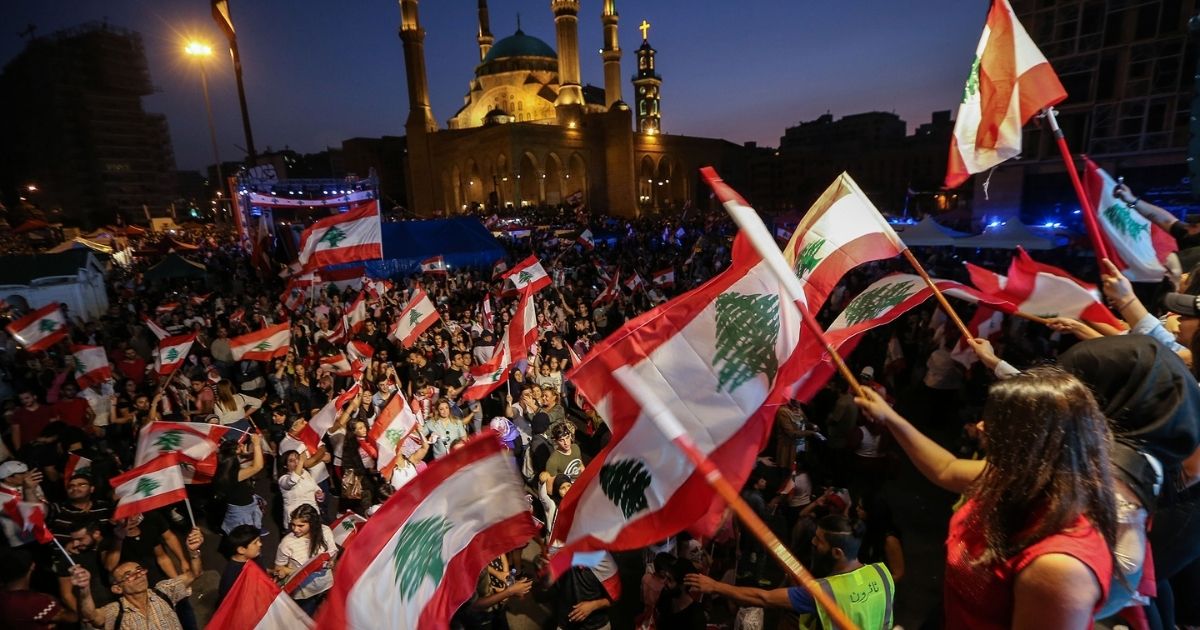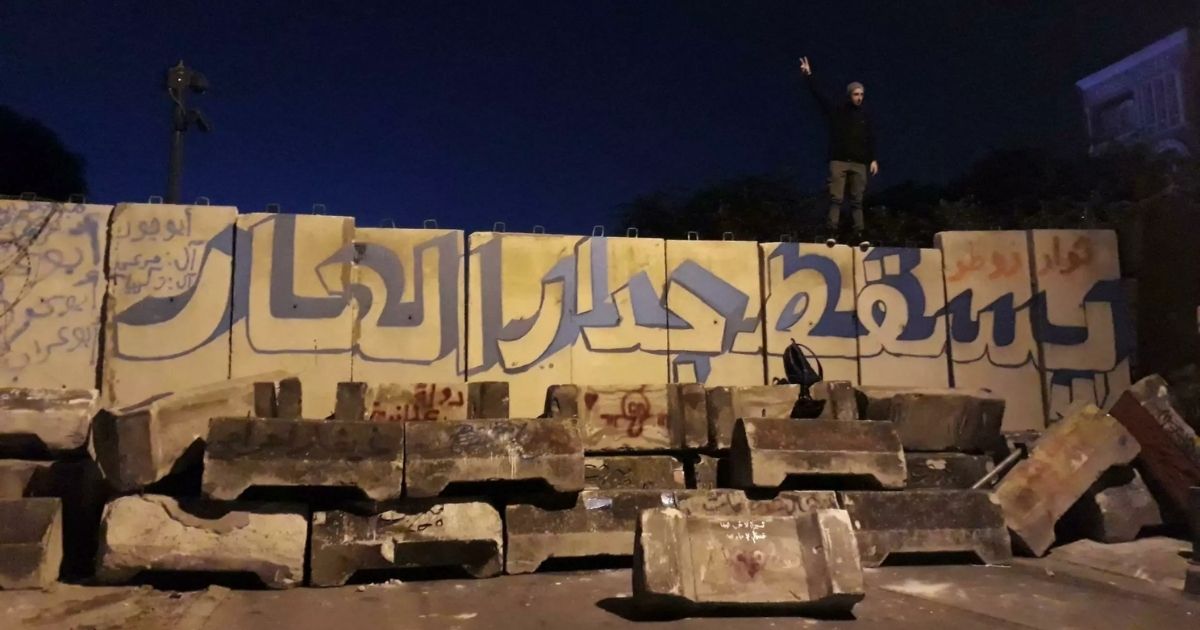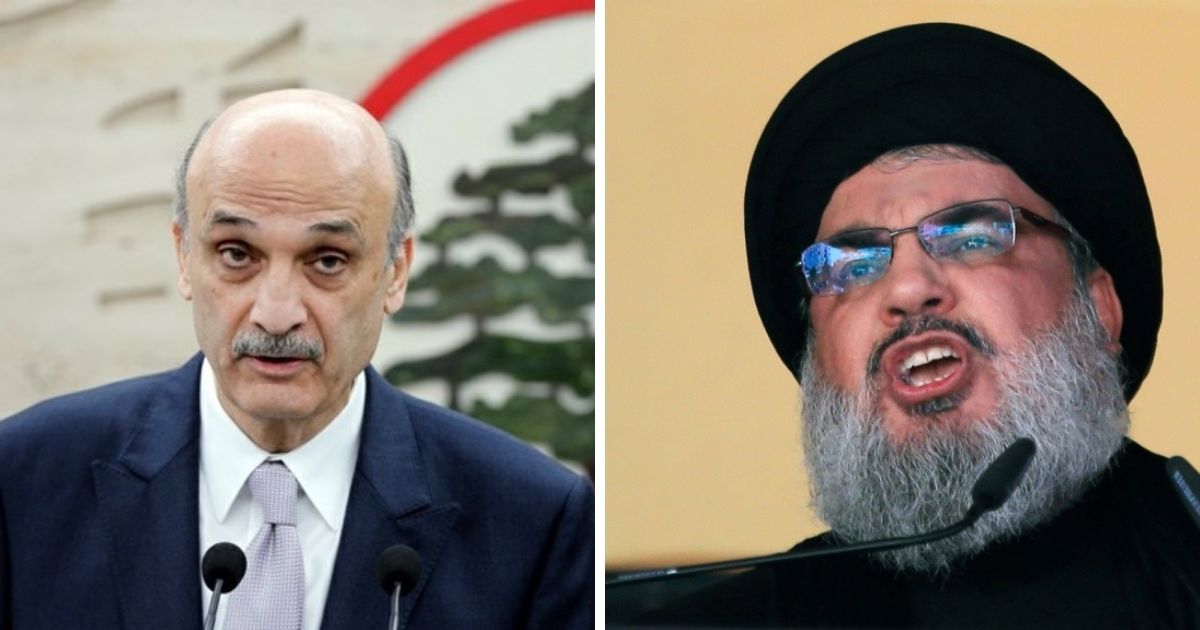Lebanon has been suffering a huge blackout in media coverage and electricity, let alone the fact that the dollar reached a solid 2500 LBP on Friday, January 10, and politicians are still debating which Maronite will be given which ministry.
The crises are getting bigger by the day, and the pain of the Lebanese people living on half salaries or being laid off due to small businesses’ bankruptcy is not getting easier.
The formation of a new government is supposed to see the light soon, with only two women named as ministries.
Apparently, men in power do not deem Lebanese women competent enough to have a fair number of seats, although highly qualified women Lebanon does have, and the majority of the population in Lebanon are women.
On Saturday, January 11, a massive number of people gathered up in Daoura district, north of Beirut, intending to march through the neighborhoods of Beirut.
One of the march’s goals is to fight back the media blackout and reach the homes of every Lebanese by making their voices heard via microphones instead of TVs.
People marched their way from Daoura through Bourj Hammoud, Electricite Du Liban, Mar Mkhayel, Gemmayze, the Association of Banks, and all the way to the Parliament to mark it as their final destination.
Some too many continued then their march to prime minister Hassan Diab’s house in Tallet Khayat.
According to the Daleel Thawra Instagram account, this march was the people’s way to confirm rejection of the process of the current government formation, to refuse the disregard of people’s dignity, and to refuse the government’s failure to provide and improve standards of living.
Throughout the walk, hundreds of flyers were distributed to explain the reason behind their protest.
The flyer says: “We are dealing with a structural crisis and not just a governmental one. Every government born out of this system through the logic of sectarian settlement is to be refused.”
“No trust to governments created by symbols of a system dependent on external authorities which they consider more important than the majority of people, poor people to be specific.”
“We are not going to pay the price of the system’s secular crisis and its economic and financial policies.”
Although the media coverage is still at a minimum, in comparison to how it was the first month-even two months-of the revolution, a protester confirmed: “We walked for 8.7 kilometers straight. This is huge today, the biggest one since Christmas.”
Many regions in Lebanon have been left with no electricity for days as this is the government’s way to tackle down the consumption of electricity supply instead of solving the issue; an issue that has been dragging and aggravating for over a decade.
Due to electricity outages, many people are unable to practice the minimum of daily life needs, like showering, which would require hot water during these cold days.
After almost three months of daily protests and demonstrations, the people remain unsupported.
Their anger is only growing with the colder the water running down their bodies gets, and the light extinguishing from their homes, and their food damaging in their fridges without power supply.
The Whatsapp tax’s announcement might have been the trigger that had propelled the people to the streets, onsetting the Lebanese Revolution on October 17th.
But now, it is the electricity mess that has just propelled the revolution even further with more determination to end the disasters created by the state.
Many large marches of protests took place today across Lebanon for the same purpose and the same reason. Understandably, the Lebanese people can’t take it anymore.
Currently, the hashtag راجعين_نازلين#, meaning ‘we’re returning to the streets,’ is circulating virally online, along with the call “the Thawra is summoning you” and more massive marches are planned for Sunday…. and probably in the days ahead.

















